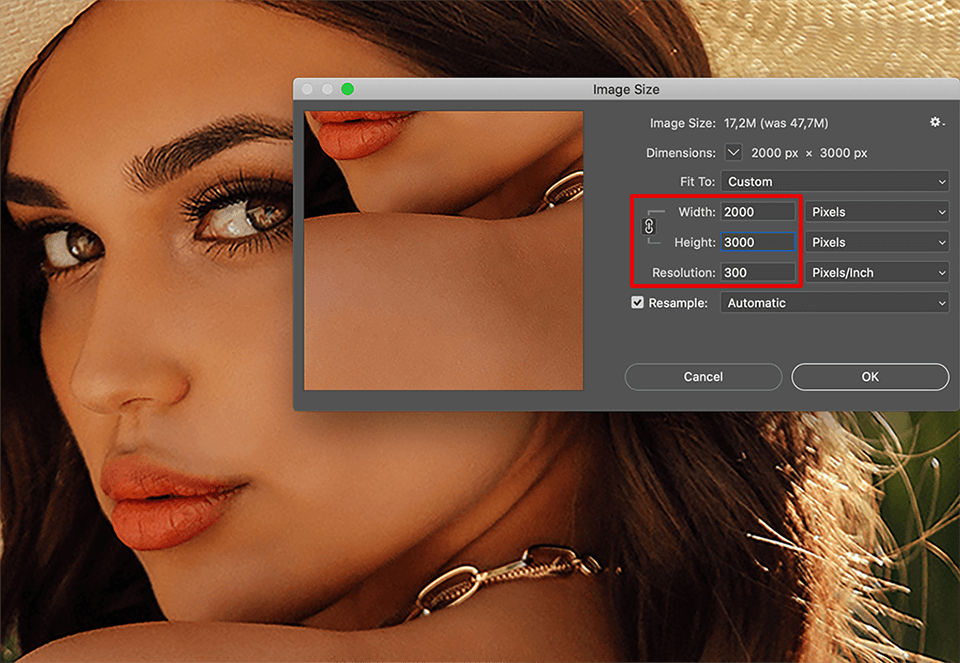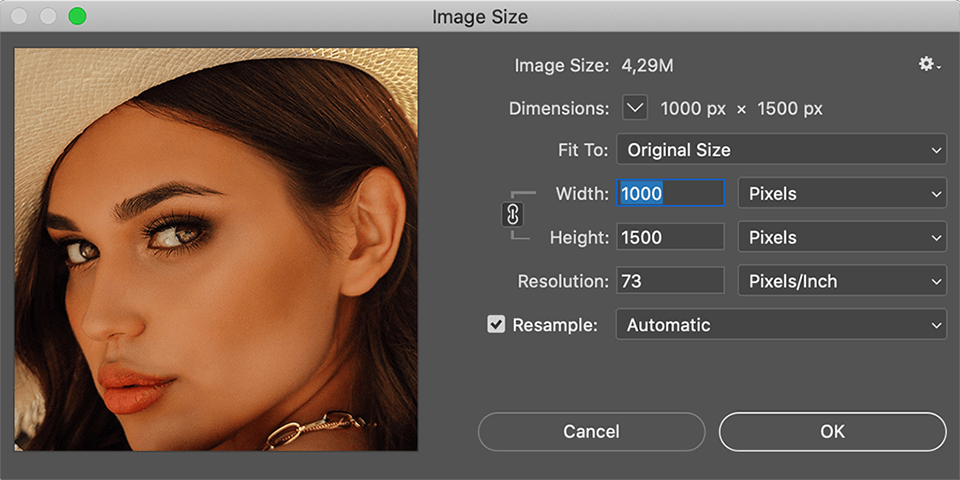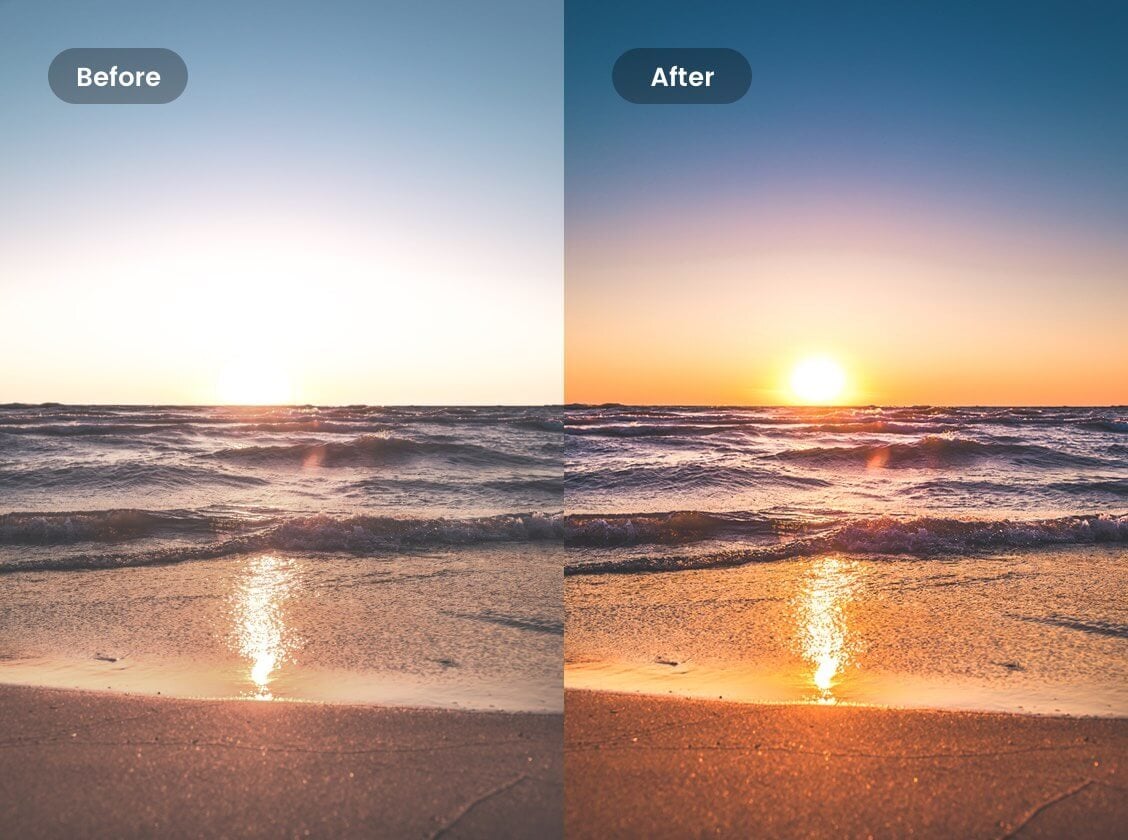How To Better The Quality Of A Picture

Imagine holding a faded photograph, its colors muted, details blurred, a ghost of a memory struggling to surface. Perhaps it's a precious moment captured long ago, a family gathering, a childhood adventure, or a breathtaking landscape that now exists only in this grainy square. You wish you could somehow breathe new life into it, sharpen the edges, and restore the vibrancy.
Improving the quality of a picture is achievable through various techniques and tools, both technological and artistic. This article will delve into practical strategies to enhance your images, transforming them from blurry memories to clear, captivating visuals.
Understanding the Basics
Before diving into specific methods, it's crucial to understand the factors affecting image quality. Resolution, lighting, focus, and compression all play significant roles in how a picture appears.
Higher resolution generally means more detail, while poor lighting can lead to noise and washed-out colors. A blurry image lacks sharpness, and excessive compression can introduce artifacts.
Digital Tools for Enhancement
Modern technology offers a plethora of software and apps designed to enhance image quality. Adobe Photoshop remains a powerful and versatile option for professional-level editing.
However, simpler alternatives like GIMP (a free, open-source option), Pixlr, and mobile apps like Snapseed provide user-friendly interfaces and effective tools for basic enhancements.
These tools typically offer features such as brightness and contrast adjustment, sharpening, noise reduction, color correction, and detail enhancement.
Sharpening Techniques
Sharpening is a critical step in enhancing image clarity. Digital images often appear soft, and sharpening can bring out fine details.
However, over-sharpening can introduce unwanted artifacts and make the image look unnatural. The key is to apply sharpening subtly and strategically.
Experiment with different sharpening methods, such as unsharp mask or smart sharpen, to find the approach that works best for your image.
Noise Reduction Strategies
Noise, often appearing as grainy speckles, can significantly degrade image quality, especially in low-light conditions. Noise reduction tools can help smooth out these imperfections.
Be cautious not to overdo it, as excessive noise reduction can result in a loss of detail and a plastic-like appearance. Programs like Topaz DeNoise AI have gained popularity for their AI-powered noise reduction capabilities, offering impressive results while preserving detail.
Understanding the source of the noise can guide your approach to reducing it effectively.
Color Correction and Adjustment
Color correction can revitalize faded or distorted colors, restoring vibrancy and accuracy. Adjusting white balance, exposure, and saturation can dramatically improve an image's overall appeal.
Pay attention to color casts, which can occur when shooting under certain lighting conditions. Experiment with different color profiles to achieve the desired look.
Subtle adjustments often have the most significant impact, creating a more natural and pleasing result. Don't forget to consider the emotional impact of color; warmer tones can evoke feelings of comfort and happiness, while cooler tones might suggest serenity or melancholy.
Upscaling and Resolution Enhancement
Upscaling refers to increasing the resolution of an image. While simply increasing the pixel count won't magically add detail, some software utilizes sophisticated algorithms to intelligently reconstruct and enhance details during upscaling.
Gigapixel AI and other similar tools use artificial intelligence to analyze the image and generate plausible details, resulting in a sharper and more detailed upscaled version. Consider the intended use of the image when deciding whether or not to upscale it.
Upscaling is most effective when starting with a relatively high-quality source image.
Beyond Technology: Artistic Considerations
While technology provides powerful tools, artistic vision remains crucial. Consider the composition, lighting, and overall aesthetic you want to achieve. Experiment with different crops to emphasize certain elements and create a more compelling narrative.
Sometimes, a simple adjustment in perspective or a carefully chosen filter can make all the difference. Don't be afraid to play with different styles and techniques to discover what works best for you.
The art of photography is as much about what you choose to include in the frame as it is about what you choose to exclude.
Conclusion
Improving the quality of a picture is a journey that blends technical skill with artistic sensibility. By understanding the principles of image quality, mastering digital tools, and cultivating a keen eye for detail, you can transform ordinary images into extraordinary visuals.
Remember that the goal isn't always to create a perfectly flawless image, but rather to enhance the story and emotions it conveys. With practice and experimentation, you'll develop your own unique style and create images that truly capture the essence of the moment.
So, dust off those old photos, explore the possibilities, and breathe new life into your memories.


















